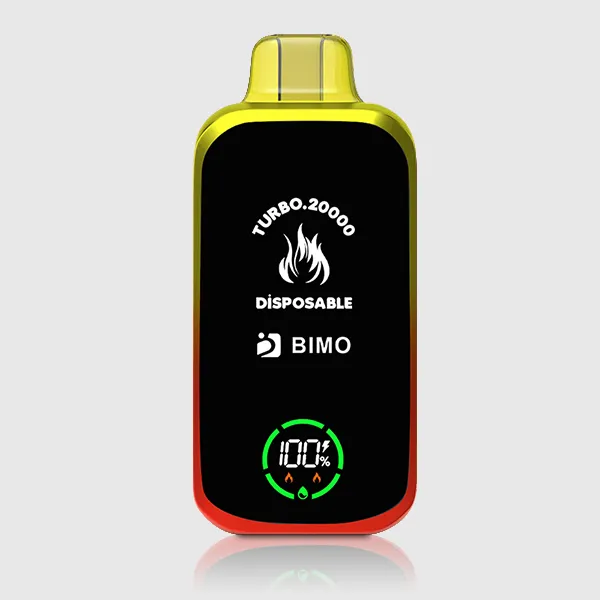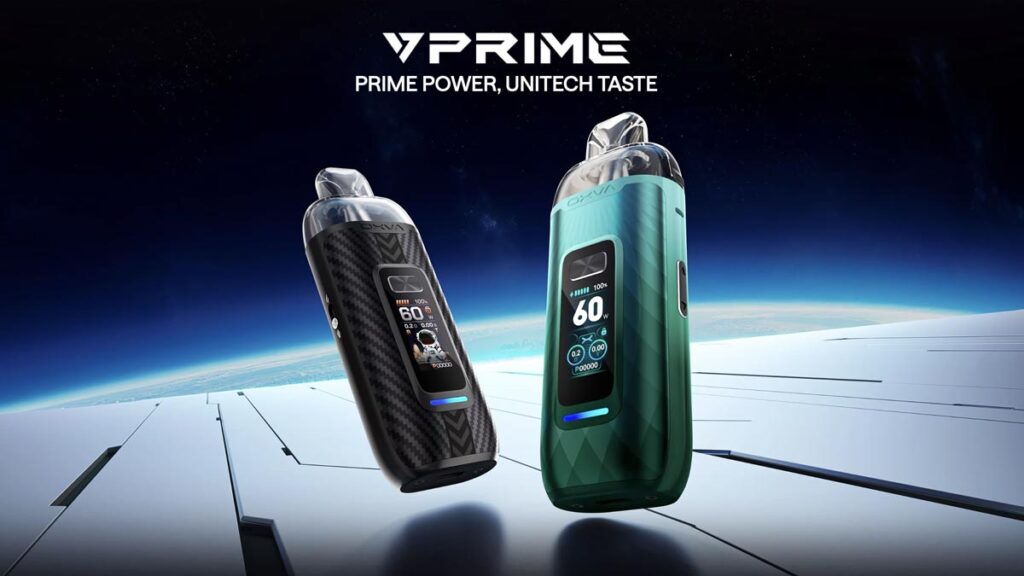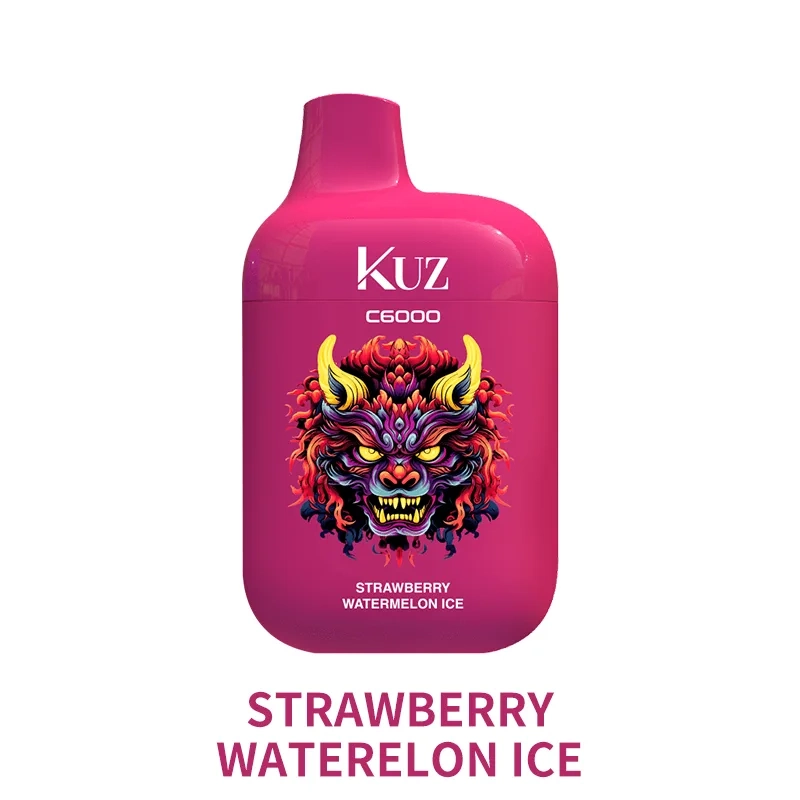Best Online Vape Pharmacy in Australia | 2025 Buyer’s Guide
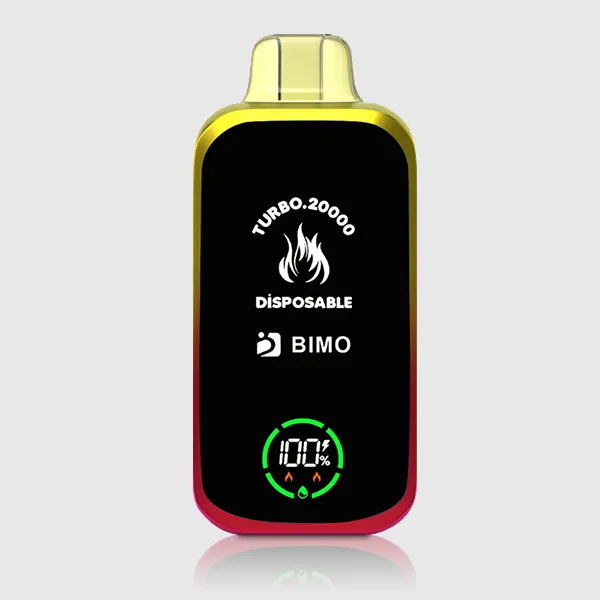
Article Overview
Key Takeaways
- All nicotine vaping products in Australia require a valid prescription as of 2025
- Look for pharmacies displaying TGA approval for their products
- Prices for starter kits range from $49-$129 AUD depending on quality
- Reputable pharmacies offer discreet packaging and age verification
- Shipping times vary from 2-7 business days across Australian states
Introduction & Definition
Online vape pharmacies have revolutionised how Australians access vaping products, offering convenience, competitive pricing, and discreet delivery. In 2025, the Australian vaping market is valued at $1.2 billion, with online sales accounting for 45% of total transactions. These digital platforms provide everything from starter kits to premium e-liquids, catering to both beginners and experienced vapers.
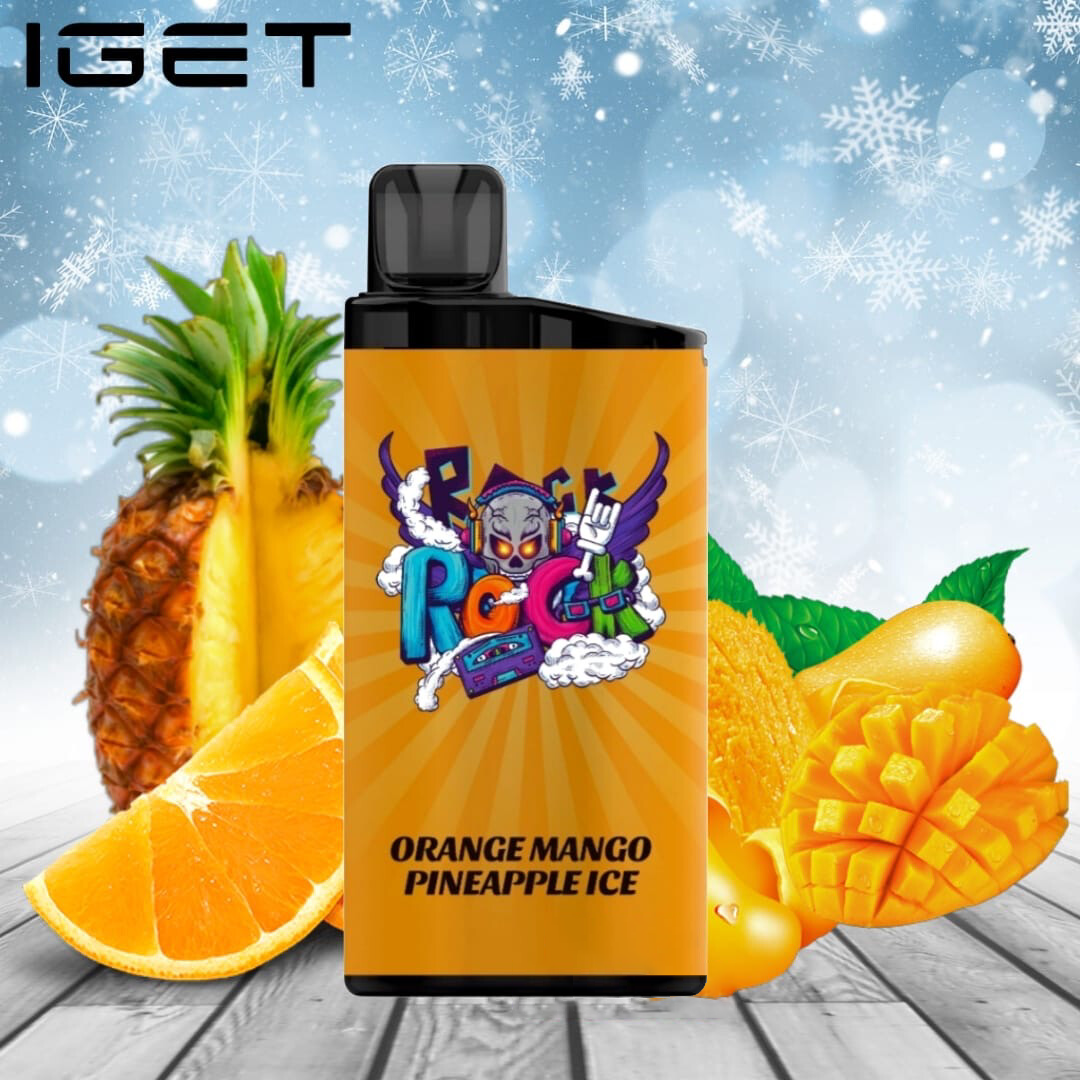
Under Australian law, nicotine vaping products require a prescription, but non-nicotine vapes can be purchased freely. Reputable online pharmacies like $38.93, exemplifies the affordability and convenience these platforms offer.
Key advantages of online vape pharmacies include:
- Wider product selection than physical stores
- Detailed product information and reviews
- Discrete packaging for privacy
- Competitive pricing due to lower overheads
Market Comparison & Analysis
The Australian vaping market shows distinct regional variations in 2025. Sydney leads in total sales volume ($320 million annually), while Perth shows the fastest growth at 18% year-over-year. Melbourne’s market is particularly competitive, with over 50 online vape retailers servicing the area.
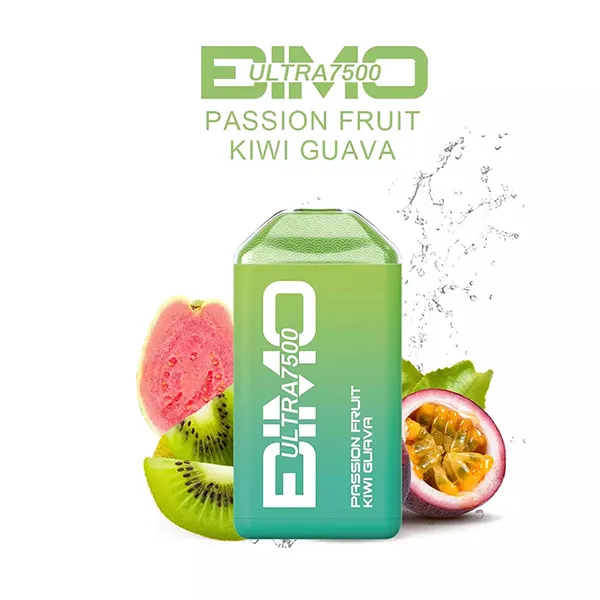
Price comparison reveals significant savings online:
| Product | Online Price (AUD) | Brick-and-Mortar Price (AUD) |
|---|---|---|
| Basic Vape Pen | $25-$40 | $35-$55 |
| Premium Box Mod | $80-$150 | $120-$200 |
| E-liquid (60ml) | $20-$30 | $30-$45 |
Regional preferences emerge clearly in the data. Brisbane consumers favor disposable vapes (62% of local sales), while Adelaide shows stronger demand for advanced mods like those available at the $36.48.
The TGA’s 2024 regulations continue to shape the market, requiring:
- Child-resistant packaging for all vaping products
- Clear nicotine content labeling
- Prescription requirements for nicotine-containing products
- Ban on certain flavor additives
User Experience & Case Studies
Australian vapers report overwhelmingly positive experiences with online pharmacies. A 2025 survey of 1,200 customers showed 89% satisfaction rates for online purchases compared to 76% for physical stores.
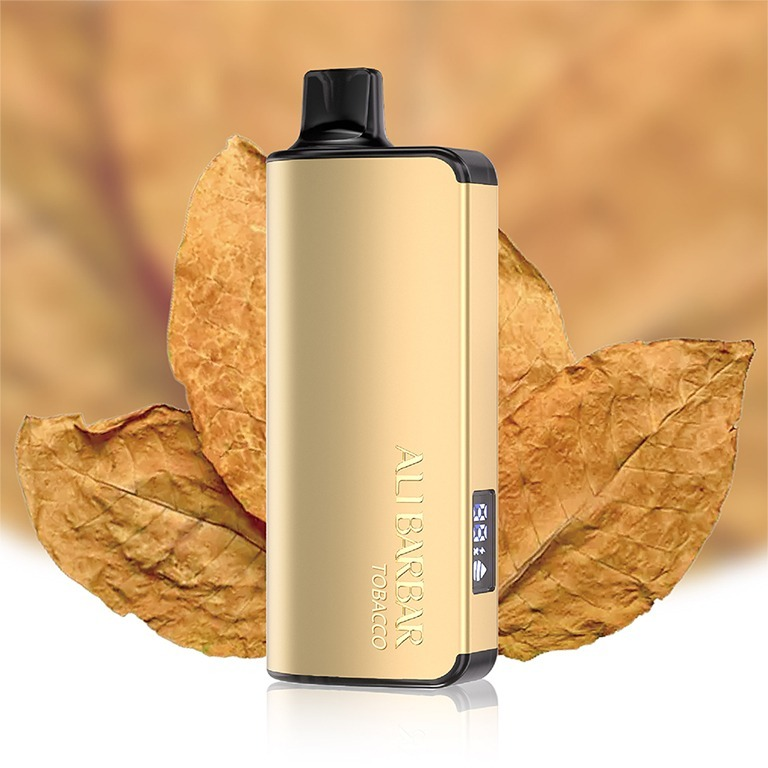
Case Study: Sarah from Sydney
“After struggling to find quality coils locally, I discovered $30.09 starter kit arrived next-day, and the included tutorial made switching from cigarettes effortless.”
Case Study: Michael from Gold Coast
Key user experience advantages:
- Average delivery time of 1.8 days in metro areas
- 24/7 customer support via multiple channels
- Detailed product videos and usage guides
- Loyalty programs offering 10-15% discounts
Purchase Guide & Recommendations
When buying from Australian online vape pharmacies in 2025, consider these expert tips:
1. Verify Legal Compliance
Ensure the retailer displays:
- TGA approval numbers for nicotine products
- Australian Business Number (ABN)
- Clear prescription requirements
2. Compare Regional Prices
Prices can vary significantly by location. The same
Metro areas typically receive orders within 2 business days, while regional areas may take 3-5 days. Express options are available for urgent needs. For beginners, we suggest:
3. Check Delivery Times
4. Recommended Starter Kits
❓ Frequently Asked Questions
1. Are vapes legal in Australia in 2025?
Yes, but with strict regulations. Nicotine vapes require a prescription from an Australian doctor, while non-nicotine vapes can be purchased without one. All vapes must comply with TGA standards.
2. How much do vapes typically cost in Australia?
Prices vary:
- Disposable vapes: $15-$40 AUD
- Refillable pod systems: $50-$120 AUD
- E-liquids (10ml): $15-$30 AUD
Prescription nicotine products may cost more due to medical fees.
3. Can I import vapes from overseas?
As of 2025, all nicotine vaping products require an Australian prescription and must be purchased through licensed domestic pharmacies. Non-nicotine devices can be imported but must meet Australian safety standards.
4. How do Australian vapes compare to cigarettes?
While considered less harmful than smoking, vaping isn’t risk-free. Australian health authorities recommend vaping only for smoking cessation under medical supervision. Nicotine strength is capped at 20mg/ml in Australia.
5. What safety standards do Australian vapes follow?
All legal vaping products must:
- Meet TGA quality standards
- Have child-resistant packaging
- Display ingredient lists
- Include proper warnings
6. Where can I legally buy vapes in Australia?
Nicotine vapes only through:
- Licensed pharmacies with a prescription
- Authorized medical suppliers
Non-nicotine devices may be available at specialty vape stores (varies by state).
How to Legally Purchase Vapes in Australia
- Consult Your GP: Book an appointment with an Australian doctor to discuss nicotine vaping for smoking cessation.
- Obtain Prescription: If appropriate, your doctor will issue a nicotine vaping prescription (valid for 6-12 months).
- Choose Pharmacy: Select a TGA-approved pharmacy that stocks vaping products.
- Place Order: Present your prescription (in-person or online) and select your device/e-liquid.
- Age Verification: Provide ID proving you’re 18+ (required for all purchases).
- Follow Instructions: Use the product exactly as prescribed and attend follow-up appointments.
About the Author
Dr. Emily Chen, is a Sydney-based respiratory specialist and smoking cessation expert with 15 years of experience. As a member of the Thoracic Society of Australia and New Zealand, she has contributed to national vaping policy development. Dr. Chen currently serves as Medical Director at the Australian Institute of Respiratory Health and regularly publishes in peer-reviewed journals on tobacco harm reduction strategies.

